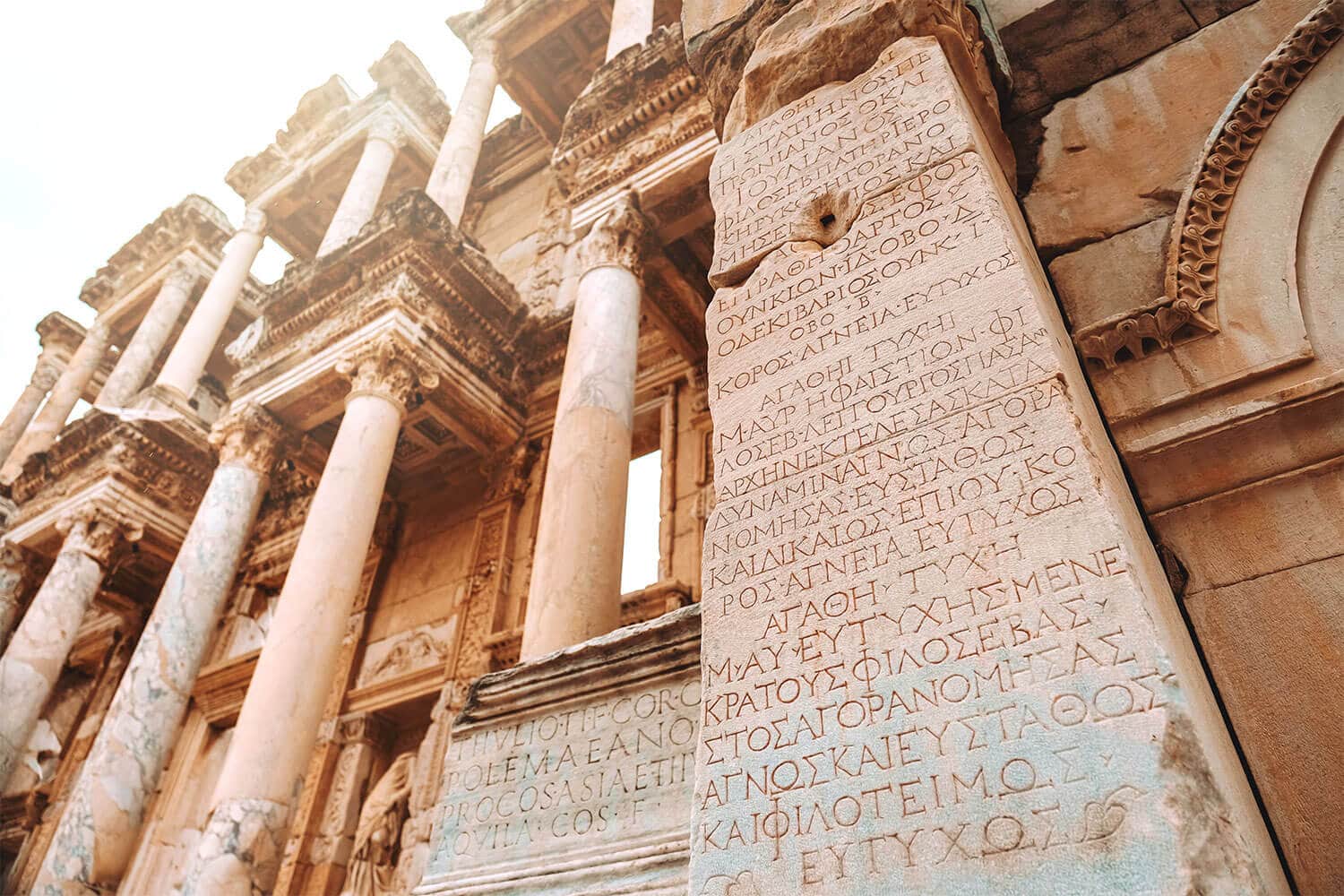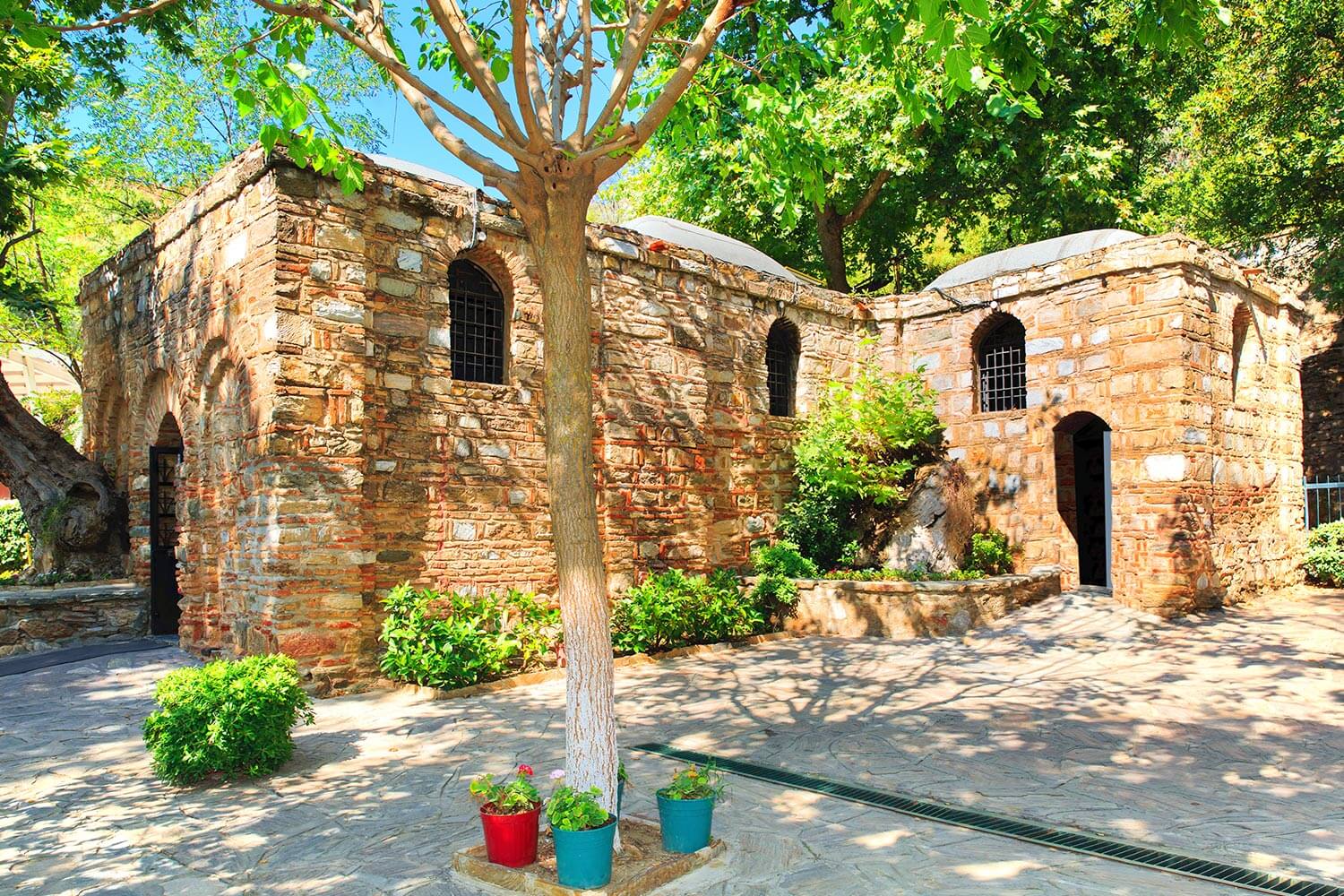Firsts are always special, especially when it comes to something that affected the whole world through the ages.
Ionia is an ancient region located on the central part of the western coast of Anatolia, in what is now modern-day Turkey. It was known for its cluster of twelve city-states, or poleis, settled by the Ionians, who were one of the four major tribes of ancient Greece. These cities formed the Ionian League, a religious and cultural federation.
The cities of the Ionian League were Miletus, Myus, Priene, Ephesus, Colophon, Lebedus, Teos, Clazomenae, Phocaea, Erythrae, Chios, and Samos. These cities were significant centers of culture, philosophy, and science in the ancient world.
Here are some notable aspects of Ionia:
Cultural and Intellectual Hub: Ionia is particularly celebrated for its role in the development of Greek philosophy and science. The pre-Socratic philosophers Thales, Anaximander, and Anaximenes, known as the Milesian school, were all from Miletus in Ionia. Heraclitus was from Ephesus, another Ionian city.
Art and Architecture: The Ionian style of Greek architecture, characterized by its more decorative and lighter elements, was developed in this region. Ionia was also known for its advancements in sculpture and other forms of art.
Persian Wars: The Ionian cities revolted against Persian rule in the Ionian Revolt of 499-493 BC, which ultimately failed but was a significant precursor to the Greco-Persian Wars.
Ionian Migration: The Ionian migration from mainland Greece to Anatolia, traditionally dated around 1000 BC, is a significant event in Greek history. This migration spread Greek culture and influence across the Aegean Sea.
Historical Sites: Several important archaeological sites are located in Ionia, including the ruins of Ephesus, which contain the Temple of Artemis, one of the Seven Wonders of the Ancient World, and the Library of Celsus.










